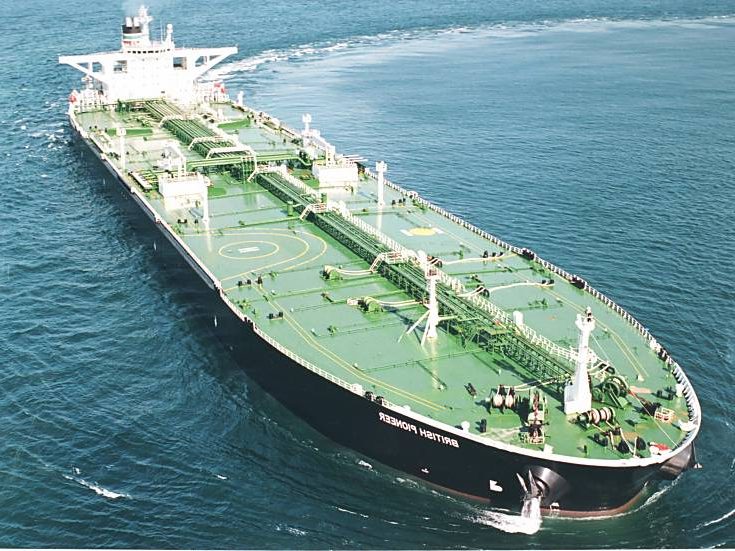06 July 2016, Lagos – Let us get value for the budgeted $1 billion Ogoni cleanup fund. How? By meeting and complying with standard hazardous waste characterization rules of toxicity, reactivity, corrosivity, and ignitability.

You may not know it, but the pepper soup, or vegetable soup, or drinking water you are enjoying right now, especially for those Nigerians living in the oil producing areas, may have been polluted by a chemical known as DNAPL – Dense Non-aqueous Phase Liquid. It is more dangerous than the other pollutants you know about, e g., acid rain, and endless gas flaring, because the toxicity of these and many organic compounds may be carcinogenic and damaging to specific organs such as the liver and kidneys.
DNAPL are immiscible fluids with a density greater than water. Soil and groundwater pollution is a worldwide problem, associated primarily with government and industrial sites where mishandling or improper disposal of chemicals has brought a variety of pollutants in contact with the soil. Common pollutants include hydrocarbons, heavy metals and halogenated volatile organic solvents.
Remediation of DNAPLs is problematic since their high density and low water solubility cause them to sink through the soil and water, thereby contaminating successive levels, and follow topographic lows within an aquifer system, often accumulating atop the underlying clay stratum. Further, since most are sparingly soluble in water, they are adsorbed onto soil particles producing tenacious underground plumes of dissolved organic, which cannot be readily or permanently removed by standard pump and treat technology.
Lighter-than-water Non-Aqueous Phase Liquids (LNAPL) which do not sink through the saturated zone (e.g., petroleum products like gasoline, jet fuel, diesel, heating oil, liquefied petroleum gas, or accidental spills, pipeline failures, tank leaks) all cause groundwater contamination to the aquifer. LNAPL usually consist of volatile organic compounds such as Benzene, toluene, ethyl benzene, and xylene (BTEX). When released into the subsurface, they become intermixed with the soil matrix and groundwater, and are held in the soil by capillary forces. The LNAPL continues to release dissolved contaminants to surrounding media for an extended period of time.
DNAPL and LNAPL may be described as persistent organic pollutants (POPs). They are organic compounds that are resistant to environmental degradation through chemical, biological, and photolytic processes. Because of this, they have been observed to persist in the environment, to be capable of long-range transport, to bio-accumulate in human and animal tissue, to bio- magnify in food chains, and to have potential significant impacts on human health and the environment. Do you recall the last Gulf Coast of Mexico crude oil spill and pollution?
This is how media images and public strategy were utilised to persuade the general public, government, and the oil companies involved, to extract compensation of about $40 billion for the victims.
The compensation was achieved by showing defining images of Pelicans coated in oil and the effect the disaster had on the marine coastal environment of the region, how hundreds of kilometres of coastline was affected, fisheries closed for months, and wildlife hit by oil slicks.
Along the coast, rehabilitation centres were set up to care for hundreds of stricken birds and animals, including endangered species, such as 500 oiled sea turtles.
So, why is the Nigerian exposure to these same POPs and oil spills different from those of other regions in the world, in terms of compensation, lives affected, and environmental impact?
The answer is simple: You persuade with good information. Good information leads to good decisions. Equipping our leadership team with the right information tools is the first step to taking charge of its direction, and making the leap from idealistic to visionary leadership. As the great Albert Szent-Gyorgy once said: “Research is to see what everybody else sees, and to think what nobody else has thought.”
For us to be successful, our brightest, organised, and unified leadership negotiating skills (and technical knowledge) should be at par with those of the IOCs (International Oil Companies) in these matters. As principal investigator (PI), a pioneer and thought leader in the Oil and Gas Industry, myself and my team (Igwe, et al) invented a process for remediating and destruction of organic contaminated soils (Patent No. US 6,492,572 dated Dec.10, 2002).
Our remediating technology is time tested, and ready to aid our country in the areas of contaminated soils in abandoned producing operations, pit sludges, reserve pits and drilling mud spilled or released onto ground, ponds, storage pits, pipeline breaks or leaks, and naturally occurring radioactive materials (NORM), etc. Our analyses include soil characterisation studies, performed to provide information for remediation technology selection, e.g., an inorganic lead contaminated soil. Our tests include soil pH, Toxicity characteristic leaching procedure (TCLP) analysis, thermo-gravimetric analysis, the soluble anions and cations present, equilibrium leaching tests, analysis by x-ray fluorescence, sequential extractions and speciation analysis using scanning electron microscopy. Our sequential extraction and characterisation methodology has been adopted as standard by others. We now stand ready to deploy this technology on behalf of our country. All our leaders have to do is give the word.
- Godwin Igwe, The Guardian
*Professor Igwe is of the Institute of Petroleum Studies, University of Port Harcourt.



